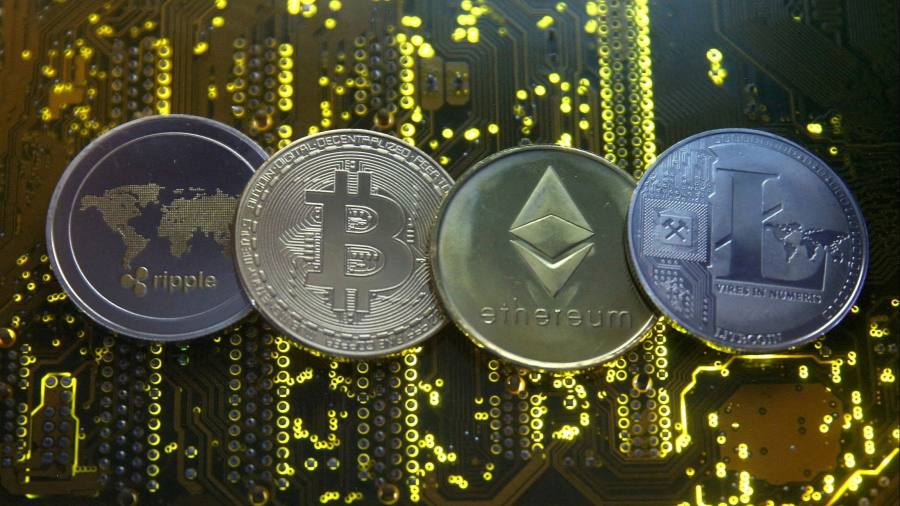Receive free Digital currencies updates
We’ll send you a myFT Daily Digest email rounding up the latest Digital currencies news every morning.
Securities laws generally have this notion that people wearing their big boy underpants — sophisticated investors — are entitled to less protection from their bad decisions than retail investors.
If you want to sell securities to the general public, the rules are typically more onerous than if you’re selling securities to, say, a big private equity fund that markets itself as “venture capital”.
On Thursday, a federal judge in New York handed down a ruling in the US Securities and Exchange Commission’s long-running battle against Ripple, the issuer of the XRP crypto token.
Ripple had allegedly sold $1.3bn worth of its token to, variously, institutional investors, retail investors on crypto exchanges, and employees it was paying-in-kind. The SEC also alleged two of its top executives had sold $600mn worth.
If XRP is a security, then Ripple would have had to file registration statements full of disclosures. Ripple has never done that. It has always insisted XRP is not a security.
The ruling was a split decision, and a rather curious one at that.
Ripple’s sales of XRP to institutional investors met the test for a security, the judge found. Those institutional investors were due the protections of US securities law.
But crucially Ripple’s sales of XRP on crypto exchanges, eg to retail, (and the other XRP sales) did not meet the test for a security:
Having considered the economic reality of the Programmatic Sales, the Court concludes that the undisputed record does not establish the third Howey prong. Whereas the Institutional Buyers reasonably expected that Ripple would use the capital it received from its sales to improve the XRP ecosystem and thereby increase the price of XRP, see Kik, 492 F. Supp. 3d at 180; cf. supra § II.B.1, Programmatic Buyers could not reasonably expect the same. Indeed, Ripple’s Programmatic Sales were blind bid/ask transactions, and Programmatic Buyers could not have known if their payments of money went to Ripple, or any other seller of XRP. Since 2017, Ripple’s Programmatic Sales represented less than 1% of the global XRP trading volume. Therefore, the vast majority of individuals who purchased XRP from digital asset exchanges did not invest their money in Ripple at all. An Institutional Buyer knowingly purchased XRP directly from Ripple pursuant to a contract, but the economic reality is that a Programmatic Buyer stood in the same shoes as a secondary market purchaser who did not know to whom or what it was paying its money.
(The ‘third Howey prong’ referenced in that snippet is the part of the US Supreme Court test for a security that asks whether buyers are expecting profits derived from the “entrepreneurial or managerial efforts of others.”)
As Evgeny Gaevoy, the chief executive of crypto market maker Wintermute, put it on Twitter:
so let me get this straight – everyone is off the hook and you are only not allowed to sell to… VCs?🙃
Thoughts and Prayers for a16z https://t.co/Aj4Muev4KP
— wishful cynic (@EvgenyGaevoy) July 13, 2023
There are no doubt some highly qualified people out there who can explain what we’re missing. Comments (and scolding) welcome in the comments box below.
Read the full article here



